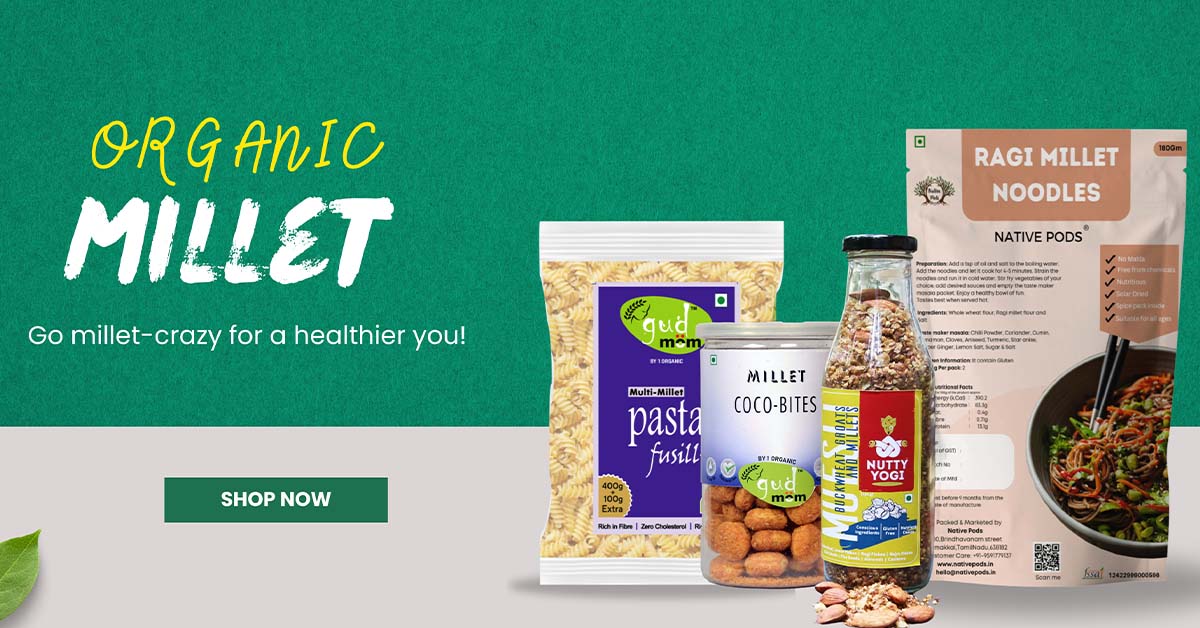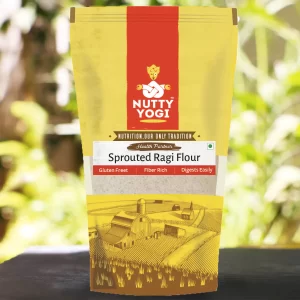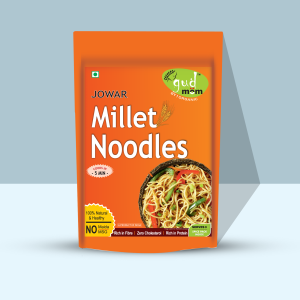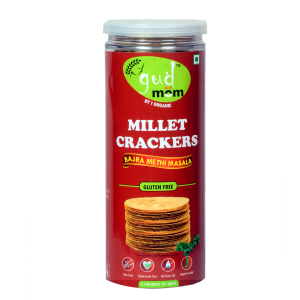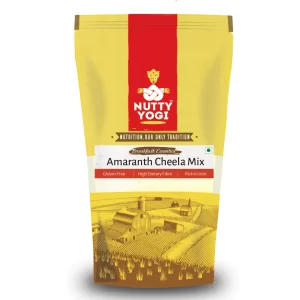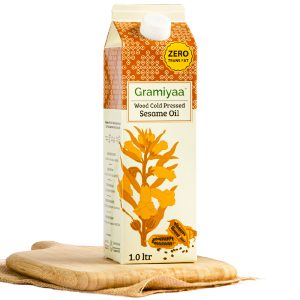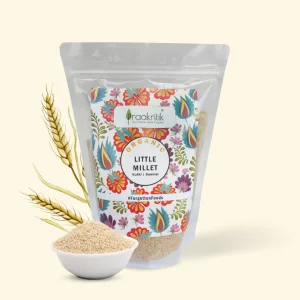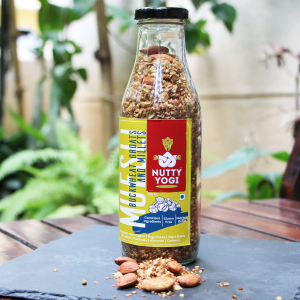Welcome to our exploration of the diverse world of millets in India. Millets, often referred to as “nutri-cereals,” have been a staple in Indian diets for centuries. In this blog, we will delve into the rich tapestry of types of millets, offering a comprehensive list of millet names and highlighting the nutritional significance of these different kinds of millets. Join us on this journey as we unlock the secrets of the various types of millets in India, shedding light on their unique characteristics and culinary versatility. Whether you’re a health enthusiast, a culinary adventurer, or simply curious about these ancient grains, this blog is your gateway to the world of India’s cherished millets.
Millets have a fascinating history in India. Imagine going back in time to ancient civilizations, where millets were a crucial part of people’s diets. These tiny grains have been grown and consumed for thousands of years. They were like the superheroes of agriculture because they could grow in diverse climates, even in areas with less rainfall.
In simpler terms, millets were like the trusty food that sustained our ancestors through thick and thin. They were reliable, nutritious, and versatile, making them an integral part of Indian culture and cuisine. So, as we explore the different types of millets in India.
What Are Millets?
Millets are a type of whole grain containing all the essential nutrients for human wellness. You can name it protein or vitamins or minerals or fiber, the tiny grain of millet is capable of providing you everything. It is a tribal- grassy crop of Asia and Africa. Now, India is the number1 producer of millets, sharing 20% of world production and 80% of Asia’s production. Below are mentioned 8 millets varieties in India:
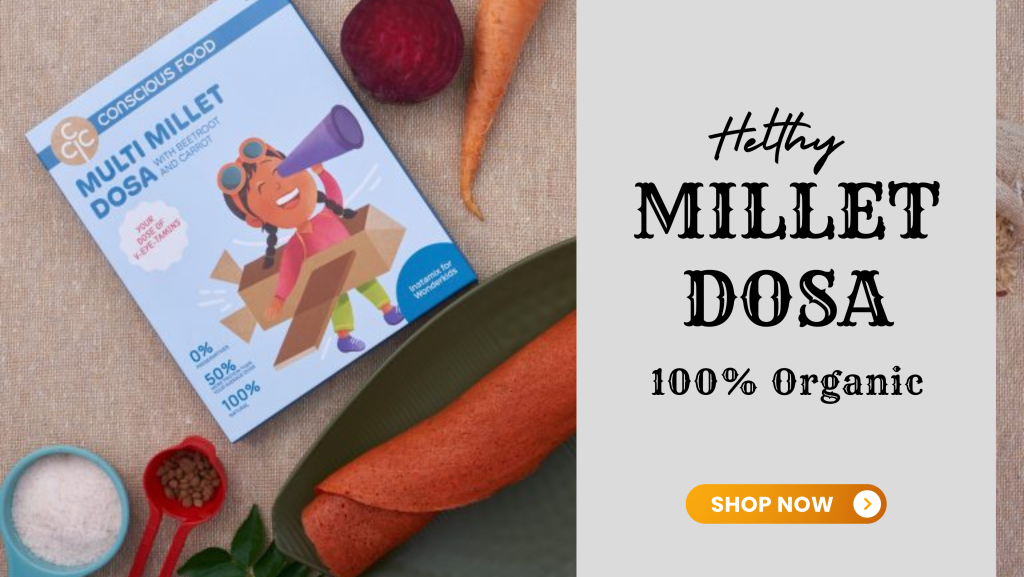
Different Types of Millets in India
1. Sorghum Millet/ Jowar
Sorghum millet is commonly called great millet or jowar, which is one of the best millets to eat in the Indian subcontinent. It is the fifth most important crop worldwide after rice, wheat, maize, and barley. Sorghum is considered as a staple food for the people of Rajasthan, Punjab, Haryana, UP and Southern part of India.
2. Pearl Millet/ Bajra
Pearl millet is well accepted for its growing capacity in adverse climates characterized by drought, low soil fertility, low moisture and high heat. It is also known as Bajra in Hindi, Sajjalu in Telugu, Sajje Kannada and Kambu in Tamil. The culinary uses of pearl millet include roti, dosa, porridge upma etc.
3. Finger Millet/ragi
Finger millets are commonly known as ragi in India, kodo in Nepal and kurakkan in Sri Lanka. It can be ground into flour and prepared with different dishes like roti, laddu modak etc. even the ragi flour consumed with milk and yogurt. It gives us tons of essential nutrients that are needed to maintain good health.
Also Read:- Millets Benefits, Side Effects and Nutritional Value
4. Foxtail Millet/Kaon/ Kangi
Foxtail millet is a grassy plant with slim, vertical leafy stems which can grow up to a height of 4-7 feet. It is the most grown millet species in Asia and second most planted millet across the world. This is considered as the best millet to eat as a substitute for rice.
5. Little Millet/ Sama/ Kutki
Little millet is also known as Kutki, Shavan and Sama in different languages of India. It is packed with calcium, iron, potassium, zinc and phosphorus. It is also used in place of rice during religious preparations. Plus, it is a great millet to add to your weight loss diet.
Also Read:- Health Benefits of Millets
6. Kodo Millet
Not to be confused with Ragi, Kodo millet is a little smaller in size. It is a drought tolerant crop and widely grown in the Indian subcontinent and West Africa. Kodo millet khichdi, upma, dahi vada and vegetable chilla are the most common recipes made with it.
7. Broomcorn Millet
It’s a common type of millet in India, and has many names such as proso millet, hog millet, and kashfi millet. It helps in balancing sugar level as it has low glycemic index, thus can be a good addition in the diet of diabetic patients.
Also Read:- Best Millet Brands
8. Barnyard Millet
Barnyard is most popular with the name Sanwa. The richness of calcium and phosphorus makes it ideal to maintain bone health. It is stacked with dietary fiber thus helpful for weight loss diet.
Conclusion
In a nutshell, we’ve taken a fun journey through the world of millets in India. These tiny grains, like Bajra, Ragi, and Jowar, have been our nutritious pals for ages. They grow strong even when there’s not much rain, which is super cool.
We found out that these millets are not just yummy, they’re also packed with good stuff like vitamins and minerals. Plus, they can help our planet because they don’t need a lot of water to grow.People in India use these millets in all kinds of foods, from dosas to rotis and even in special fasting dishes. It’s like a tasty adventure discovering all the ways you can enjoy them.
So, remember, millets are not just ancient grains; they’re our buddies for a healthy and green future. Let’s keep enjoying and celebrating these fantastic types of millets in India!

